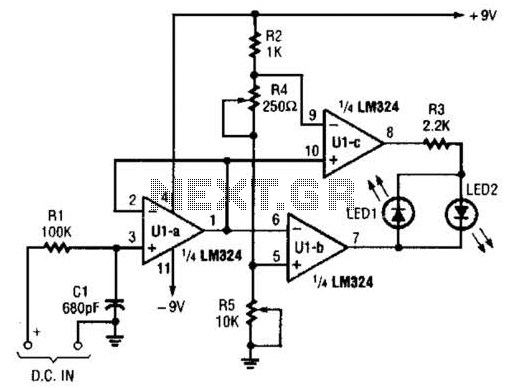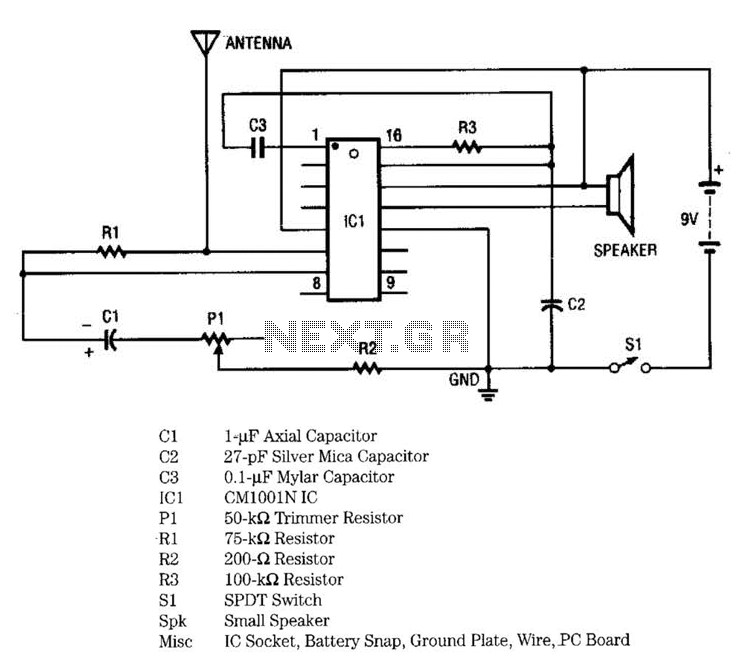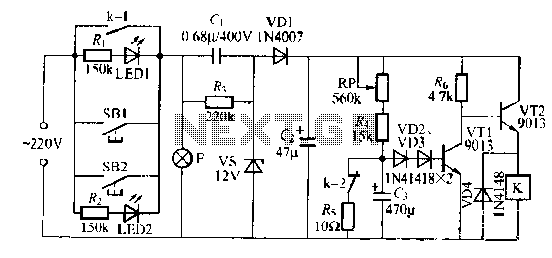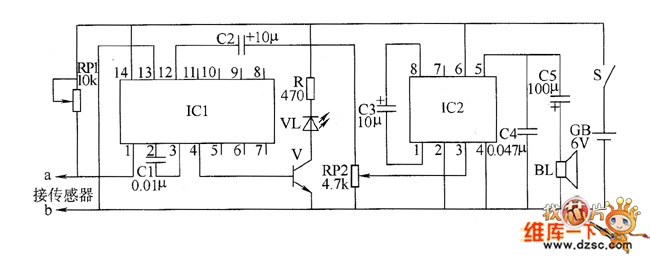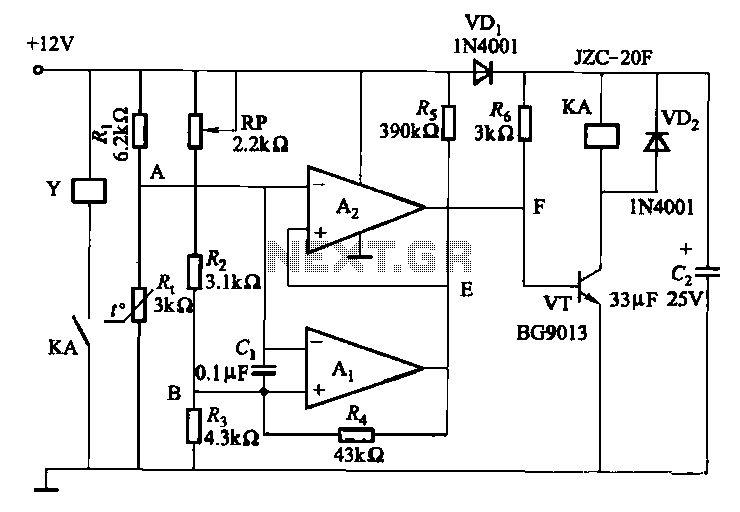
Examples OFDM modulation system circuit
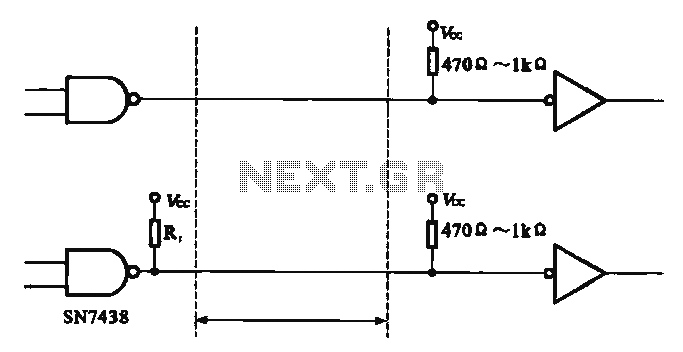
Examples of an OFDM modulation system. The graph illustrates the input data signal (.... --- Ol01100) and the data signal by the string. The input signal is separated into components such as "00", "ll", "10", "00", "01", and other data segments. The separated data undergoes positive change modulation along the time axis, resulting in the formation of Q amplitude components. These signals are processed through the Inverse Discrete Fourier Transform (IDFT), converting them into Q signals, which are then serialized to produce two orthogonal Q serial signals.
In an Orthogonal Frequency Division Multiplexing (OFDM) modulation system, the input data signal is first analyzed and separated into distinct binary components. The separation process identifies patterns in the data, such as "00", "ll", "10", "00", and "01". Each of these components represents a unique state of the original data signal. Following separation, the data is modulated through a positive change modulation process on the time axis, which adjusts the amplitude of the signal based on the input data.
The modulation process is crucial as it allows for the efficient encoding of data onto multiple subcarriers, enhancing the transmission efficiency and robustness against interference. The resulting amplitude components, referred to as Q components, are then subjected to an Inverse Discrete Fourier Transform (IDFT). This transformation is essential for converting the frequency domain representation of the modulated signals back into the time domain, facilitating the creation of two orthogonal Q serial signals.
These orthogonal signals are pivotal in OFDM systems as they allow for simultaneous transmission over multiple frequencies without causing interference with one another. The orthogonality of the signals ensures that they can be demodulated effectively at the receiver end, preserving the integrity of the transmitted data. The output of the system thus consists of two orthogonal Q serial signals, ready for transmission over a communication channel, ensuring efficient and reliable data transfer.Examples OFDM modulation system. Seen from the graph, the input data signal (... --- Ol01100), the data signal by the string, and converts the input signal is separated, separated into "00", "ll", "10", "00", "01 "and other data. Data separated further positive change modulation on the time axis are formed ,, Q amplitude components.
These signals are in the IDFT inverse discrete Fourier transformation. Converted into, and Q signals respectively and / serial conversion and then outputs two orthogonal ,, Q serial signal.
In an Orthogonal Frequency Division Multiplexing (OFDM) modulation system, the input data signal is first analyzed and separated into distinct binary components. The separation process identifies patterns in the data, such as "00", "ll", "10", "00", and "01". Each of these components represents a unique state of the original data signal. Following separation, the data is modulated through a positive change modulation process on the time axis, which adjusts the amplitude of the signal based on the input data.
The modulation process is crucial as it allows for the efficient encoding of data onto multiple subcarriers, enhancing the transmission efficiency and robustness against interference. The resulting amplitude components, referred to as Q components, are then subjected to an Inverse Discrete Fourier Transform (IDFT). This transformation is essential for converting the frequency domain representation of the modulated signals back into the time domain, facilitating the creation of two orthogonal Q serial signals.
These orthogonal signals are pivotal in OFDM systems as they allow for simultaneous transmission over multiple frequencies without causing interference with one another. The orthogonality of the signals ensures that they can be demodulated effectively at the receiver end, preserving the integrity of the transmitted data. The output of the system thus consists of two orthogonal Q serial signals, ready for transmission over a communication channel, ensuring efficient and reliable data transfer.Examples OFDM modulation system. Seen from the graph, the input data signal (... --- Ol01100), the data signal by the string, and converts the input signal is separated, separated into "00", "ll", "10", "00", "01 "and other data. Data separated further positive change modulation on the time axis are formed ,, Q amplitude components.
These signals are in the IDFT inverse discrete Fourier transformation. Converted into, and Q signals respectively and / serial conversion and then outputs two orthogonal ,, Q serial signal.
Warning: include(partials/cookie-banner.php): Failed to open stream: Permission denied in /var/www/html/nextgr/view-circuit.php on line 713
Warning: include(): Failed opening 'partials/cookie-banner.php' for inclusion (include_path='.:/usr/share/php') in /var/www/html/nextgr/view-circuit.php on line 713
